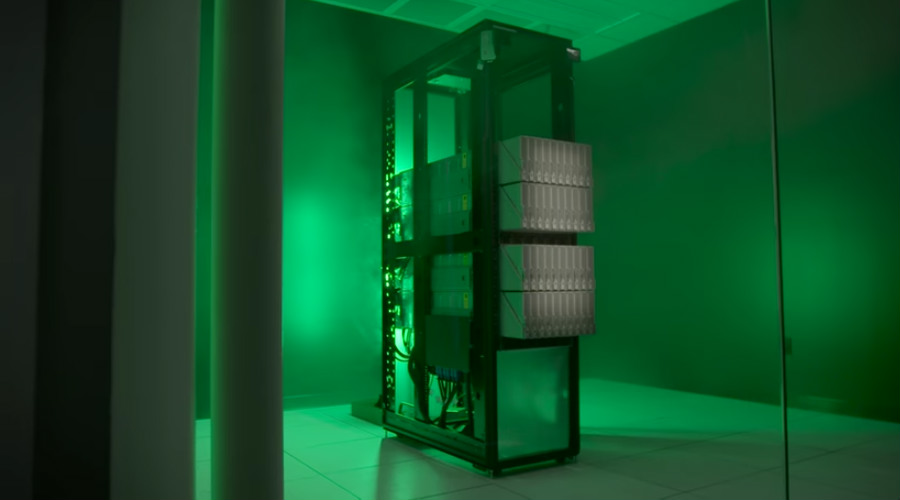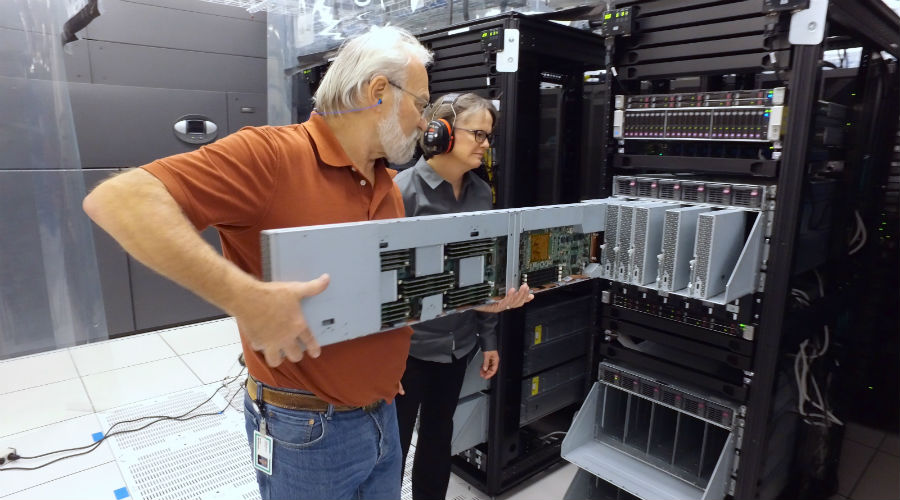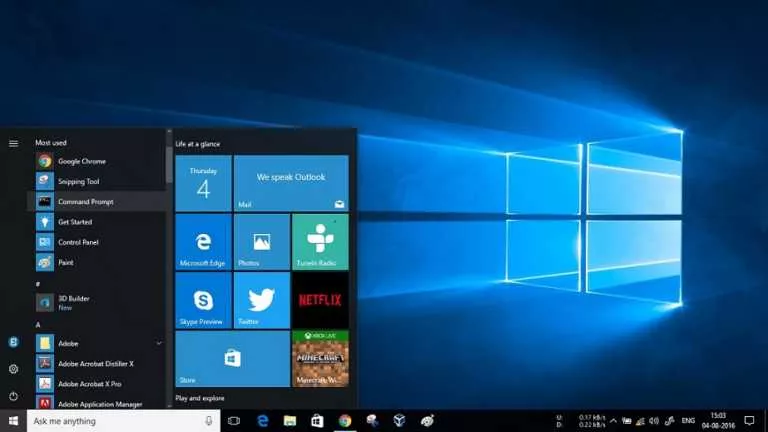HP’s Revolutionary Supercomputer Is 8,000 Times Faster Than Your Machine

Short Bytes: The Machine project is being propelled by HP Enterprise to develop a new breed of server computers based on the memory-driven computing architecture. In this, the processor accesses data from a large shared memory pool, and the data transfer occurs using photonics.
The new supercomputer prototype designed by HP Enterprise is a visible indication that it’s time to change our vision regarding how the processors would work in the future. That’s because The Machine is a supercomputer based on memory-driven computing architecture.HPE first gave a slight hint about their ambitious supercomputer project back in 2014. The conventional computing architecture uses electrons to transfer information – which is slow – from one CPU to another. The Machine deploys a method known as photonics which uses light to move data between the processor cores and a large shared memory pool (roughly hundreds of petabytes for future scenarios) accessible by all processors. The shared pool of fabric attached memory eliminates the need for shifting the data from one processor to another.
Memristor technology is a NOn-volatile memory replacement for The machine.
Also, it differs regarding how the memory is accessed. For instance, in the case of server computers connected to a volatile DRAM – taking data from a storage disk – store information in Cache. The current prototype of The Machine uses DRAM memory, but non-volatile Phase Change memory succeeds it, followed by the memory based on Memristor technology (currently in development). Memristor will kick out the intermediate memory like DRAM, cache, etc.
The Machine – capable of achieving execution speeds up to 8,000 times faster than conventional machines – is intended to be a data center solution, but the memory-driven computing may find its applications in various consumer devices and have a considerable impact on the IoT revolution.
https://www.youtube.com/watch?v=2VG59FYkPdM
If you have something to add, tell us in the comments below.
Also Read: Nvidia DGX Saturn V: World’s Most Energy-Efficient Supercomputer Has 63,488 GB RAM







